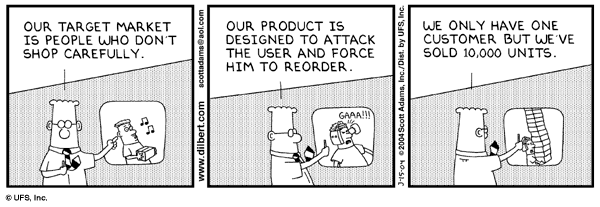Cross-selling strategies in email marketing
When we talk about cross-selling first of all, we must mention the specific nature of the relationship marketing. Relationship marketing is based on the principle that it is more profitable to retain a good customer than to acquire another one, and to achieve this, one of the key aspects is the offer the customer a product or service that provides value. This is where the notion of cross-selling emerges strongly.
We defined the cross-selling in the previous article. For example, if a customer has bought a laptop computer from us in our e-commerceIf you are looking for an external hard drive, it makes sense to also offer you an external hard drive or the right connector for the computer model you have just purchased. Any good sales professional, whether in a physical shop or a sales representative, who has a personal touch with his customers knows what we are talking about.
However, if our field of activity is the online world, and in particular email marketing, it is less obvious how to apply cross-selling. In order to be able to do so, it will be essential to consider, first and foremost, how we will access the information.
We will not be able to carry out an action of cross-selling if we do not have the data of who has bought what accessible. This means that the information that we collect in the e-commerce or at the point of sale has to be stored in a structured and easily accessible and manageable wayDo we have a relational database that gives us a 360° view of the customer? If not, can I quickly find out which users in my email database have bought a laptop in the last month and have not bought an external hard disk? These are some of the questions we should ask ourselves to start with.
Once we have identified the segment on which we are going to carry out the action of cross-sellingWith what subject matter should we present the offer to the user? What should we do? copy And what images will make up the creativity?
Cross-selling actions done well can bring us a lot of value from two points of view. In the short term they increase turnoverand in the long term, strengthen the link between the user and the brandThe interactions with the latter are experienced with a high degree of relevance by the customer.


